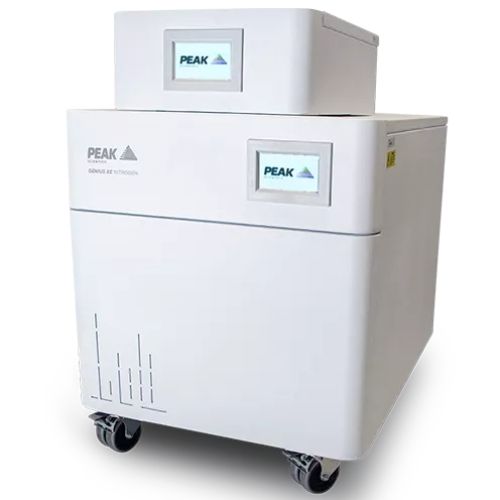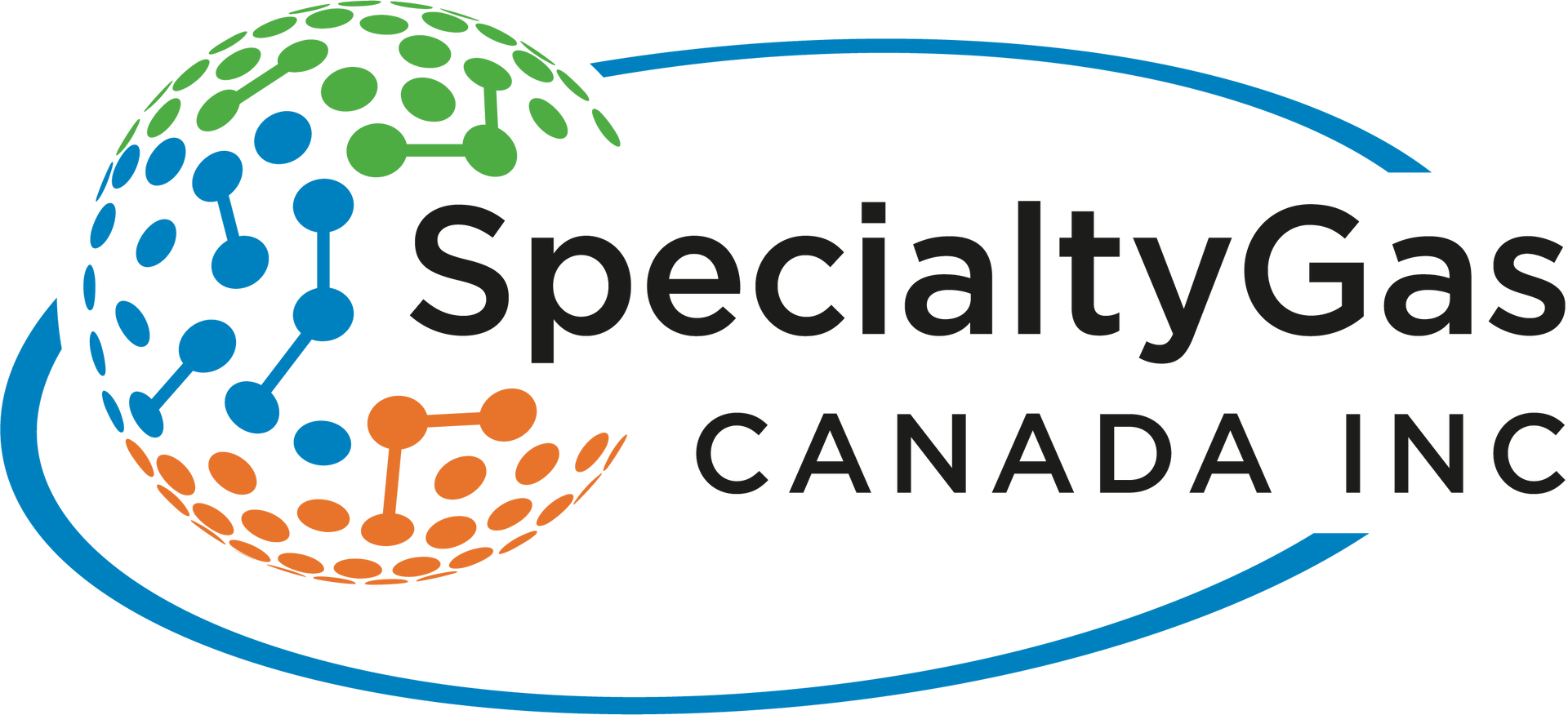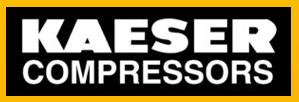Nitrogen Gas Generators Explained: Find the Perfect Fit for Your Business Needs
PSA vs. Membrane Nitrogen Generator: Which One Delivers the Best Results?
Not all
nitrogen generators perform the same. Choosing the right system depends on purity requirements, efficiency, cost, and long-term reliability. The two primary technologies available today are Pressure Swing Adsorption (PSA) and Membrane systems. While both produce nitrogen, their operation, efficiency, and long-term costs differ significantly.
How PSA and Membrane Nitrogen Generators Work
Pressure Swing Adsorption (PSA) Technology
PSA nitrogen generators use carbon molecular sieve (CMS) adsorbents to separate nitrogen from oxygen. The system alternates between two towers, with one adsorbing oxygen while the other regenerates, ensuring a continuous flow of high-purity nitrogen. PSA technology provides nitrogen purity levels from 95% to 99.9995% and offers the best air-to-nitrogen ratio, making it the best choice for energy efficiency. The expected lifespan of a PSA system exceeds 15 years, and it requires minimal maintenance.
Membrane Technology
Membrane nitrogen generators use polymer fibers that allow oxygen and water vapor to permeate through small openings, while nitrogen molecules continue through the system. This process results in high purity nitrogen gas with levels between 95% and 99.5%. While membrane systems have a lower initial cost, they require higher air consumption for the same nitrogen production output as PSA systems. Their lifespan typically ranges from 5 to 10 years, but performance degrades over time.
Key Differences Between PSA and Membrane Nitrogen Generators
PSA nitrogen generators deliver ultra-high purity nitrogen, making them the preferred choice for industries that require consistency and reliability. They include built-in monitoring systems that ensure purity levels remain stable. If a drop in purity occurs, the system automatically adjusts or issues an alert, preventing quality control issues. Membrane generators do not have built-in monitoring as standard, so a decline in purity may go unnoticed until it affects production.
While membrane systems have a lower initial cost, PSA technology is more efficient and cost-effective in the long run. PSA systems have a better air-to-nitrogen ratio, reducing energy consumption and costs over time. They also have a longer lifespan, lowering the total cost of ownership compared to membrane systems, which require frequent replacements.
Reliability and scalability are also key considerations. A PSA generator is modular and expandable, allowing businesses to increase capacity as needed. A membrane nitrogen generator can degrade over time, leading to reduced efficiency and requiring frequent replacements.
Which is the Best Nitrogen Generator for Your Business?
If you need high-purity nitrogen at the lowest total cost, a PSA nitrogen generator is the best choice. For low-purity nitrogen in high volumes, such as in oil and gas applications, a membrane system may be sufficient. However, businesses should consider the higher long-term costs associated with membrane technology before making a decision.

Why Work with Specialty Gas?
Specialty Gas provides expert guidance in selecting the right nitrogen generation system based on purity requirements, efficiency, and cost. Our team evaluates your needs to ensure you invest in the most effective and energy-efficient solution. We provide full
installation and
maintenance support to keep your nitrogen supply reliable and cost-efficient.
Let’s Compare Nitrogen Gas Generators for Your Business
Selecting the wrong nitrogen system can lead to inefficiencies and unnecessary expenses. Contact Specialty Gas today for a consultation and a detailed cost analysis to find the best nitrogen generator for your business.





